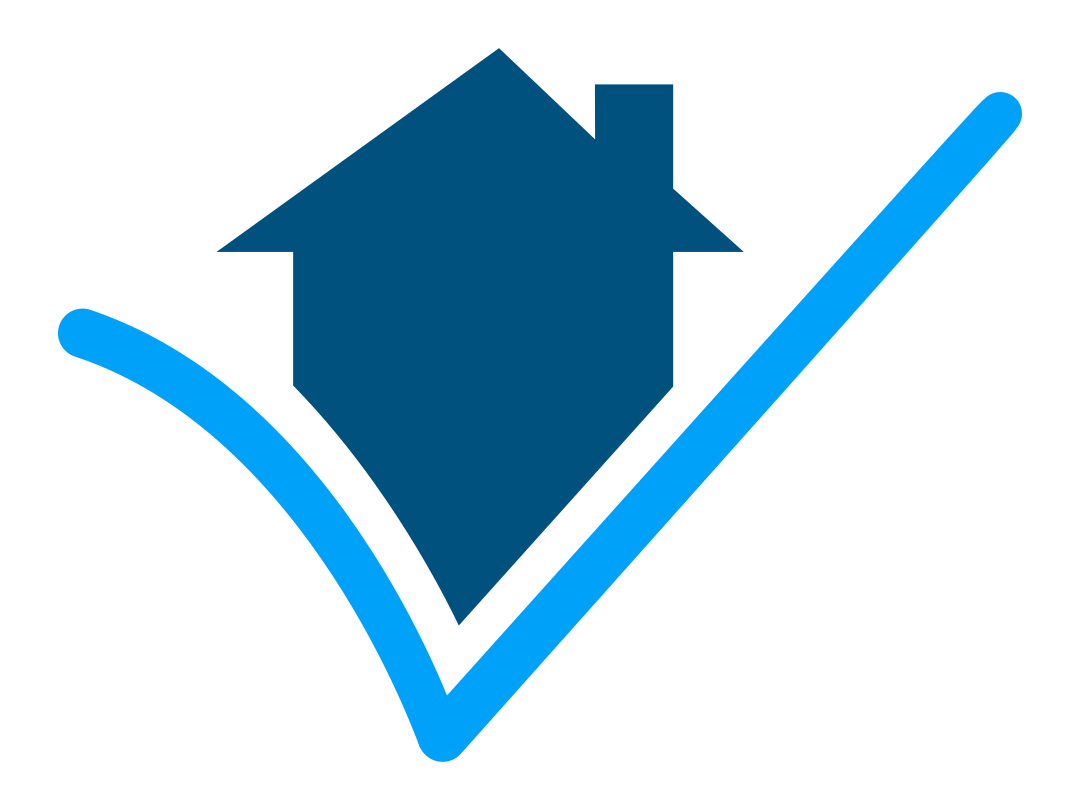In this space, we’ve explained what zoning districts are, and summarized the three main categories of zoning district: commercial, residential (single-family and multi-family), and industrial. We’ve even reviewed the basics of sign permitting. So you might think that our Philadelphia zoning guide is complete!
… you would be wrong.
Having a zoning code with detailed regulations for each parcel of land in the city might seem like the definition of a zoning code. But Philly’s zoning code doesn’t merely define types of parcel. It also sorts those parcels into geographic units. In certain areas of the city, it’s not enough to know that your property is considered RSA-5 (that is, residential single-family, attached). Your property might also fall under regulations for the Center City district – CTR – or the Central Delaware district – CDO. There are twenty of these in all, and they are called Overlay Districts.
The Purpose of Philadelphia Overlay Districts
First, before you get too lost in the weeds: check out the Philadelphia Code’s section on Overlay Districts. Reading it all at once could melt your brain, but keep it handy as a reference for any specific overlay district that affects your property.
That done, keep in mind that these districts are designed to preserve a particular character in a specific neighborhood – so, they’re kind of insane, but they mean well! For example: The Center City Overlay District (CTR) has a lot of crazy intense regulations on signs (for starters: every single sign has to get approval by the Philadelphia Art Commission). Why would the designers of the Code want this? Well, they want to ensure that Center City still looks like Center City. If you could put just any old sign up, it would be a victory for, like, capitalism; but maybe not for neighborhood flavor.
(And for real, be prepared if you try to build a sign in Center City. Takes maybe two or three months for that permit when all the reviews are over – if you have your paperwork in order.)
Overlay Districts also vary wildly in complexity. Some of them have only a few rules targeted at certain types of businesses. Some of them take up a lot of pages of the Code. They can’t be easily summarized: they’re all in the Code to try to override some other section of the Code for some narrow purpose. It’s a nightmare, but that’s why you call Permit Philly.
Philadelphia Overlay Districts Supersede Regular Zoning Rules
Yep: if you happen to own a commercial property and want to open a doctor’s office – which is allowed in many commercial buildings – be aware that the overlay district might say: “Hey, no doctor’s office here!” And in that case, the overlay district rules win: You would need a variance from the Zoning Board of Adjustment to get your new office opened.
This is, by the way, a real thing: don’t try to operate a pharmacy or a doctor’s office in East Mount Airy, or you will run afoul of the NCA – East Mt. Airy Overlay District!
(Listen: I don’t make the rules. I just tell you what they are.)
You Can Find Which Philadelphia Overlay District Governs Your Property in Atlas
If you haven’t used it yet, get on Atlas! Atlas is the City’s one-stop digital shop for all deed, zoning, and permitting records. You can see where a parcel is, how it is zoned, and who owns it.
Most importantly, for our purposes today: you can link directly to the section of the Philadelphia Code that governs a given zoning district. So, for example, take a random house in Fishtown: 1343 E Berks Street. On Atlas, you can see that this parcel is an RSA-5 parcel – again, it’s zoned for just one family – but you can also see that there are additional rules: It’s part of the NCA Overlay District, which stands for (deep breath) Neighborhood Commercial Area – North Delaware Avenue. Instead of searching the Code for the NCA rules, Atlas just lets you click the link. (I can’t stress enough how much more convenient this is than the old way of researching applicable Code sections, which involved divination and animal sacrifice.)
This is not only convenient, but necessary: before you purchase or agree to join the development team of a property, you should know exactly what’s allowed and what isn’t. Check the Philadelphia overlay districts before a shovel goes in the ground. It might be aggravating – and if it is, again, call us! – but it’s not nearly as aggravating as finding out late in the process that you can’t use your property the way you’d like to.

